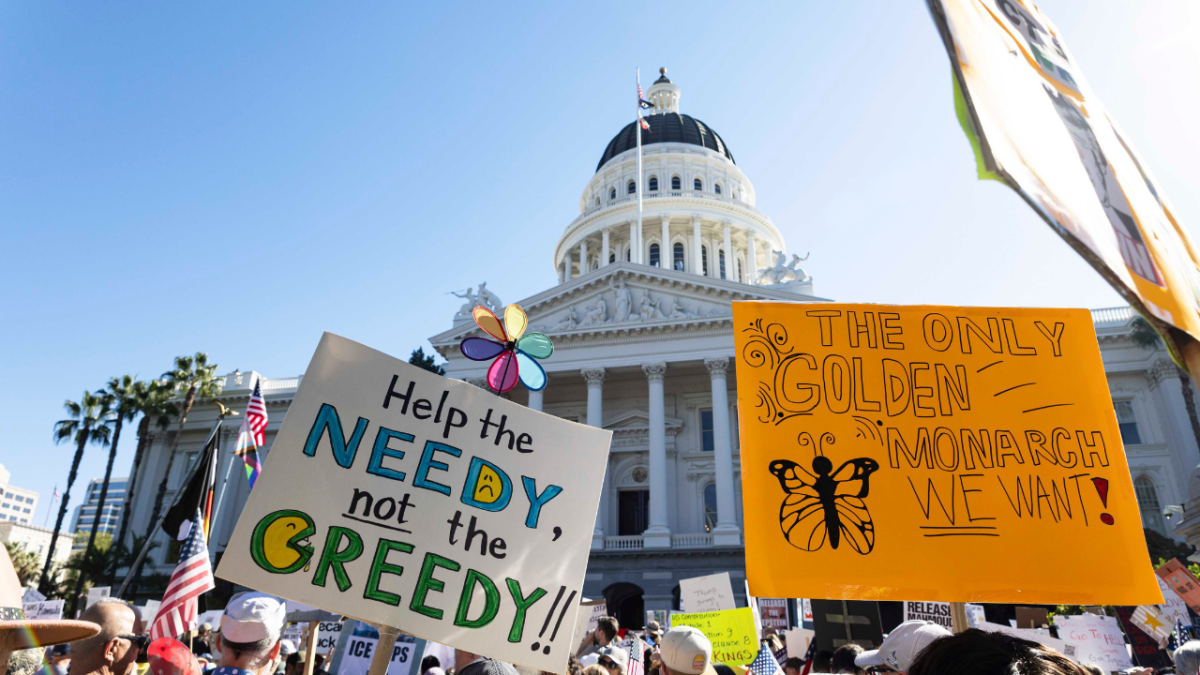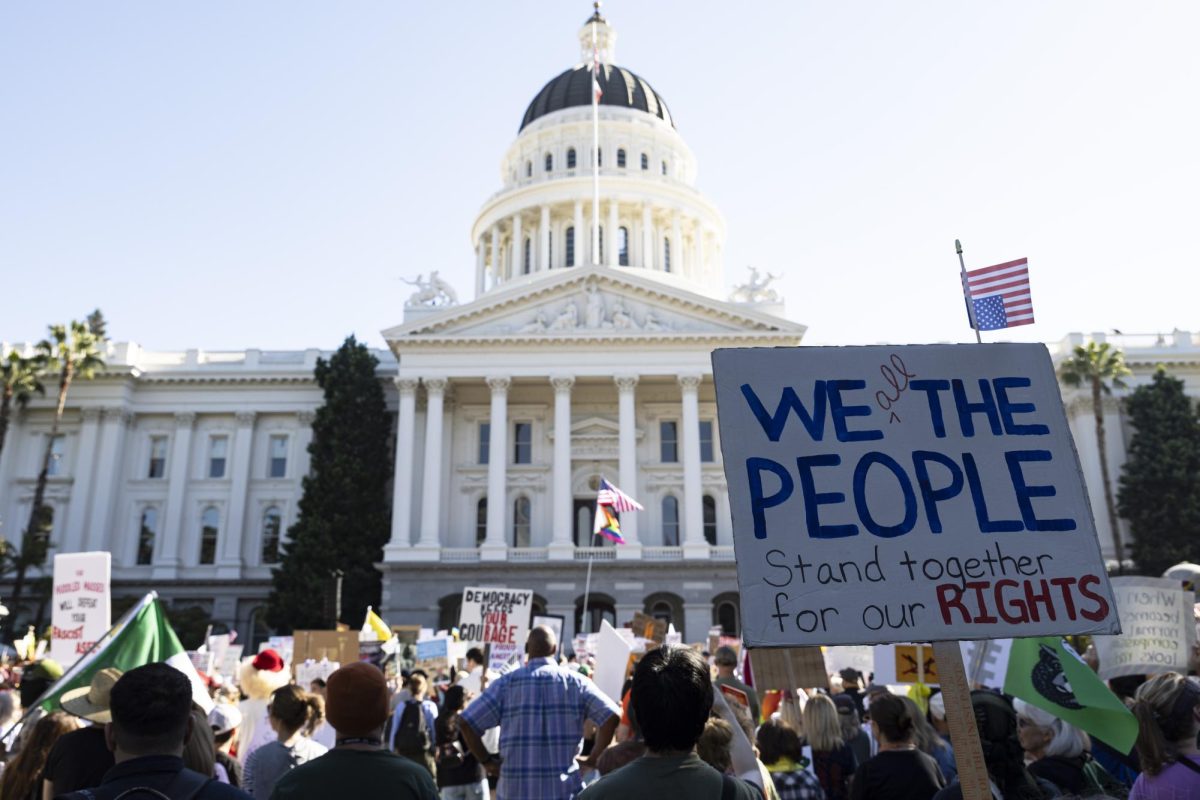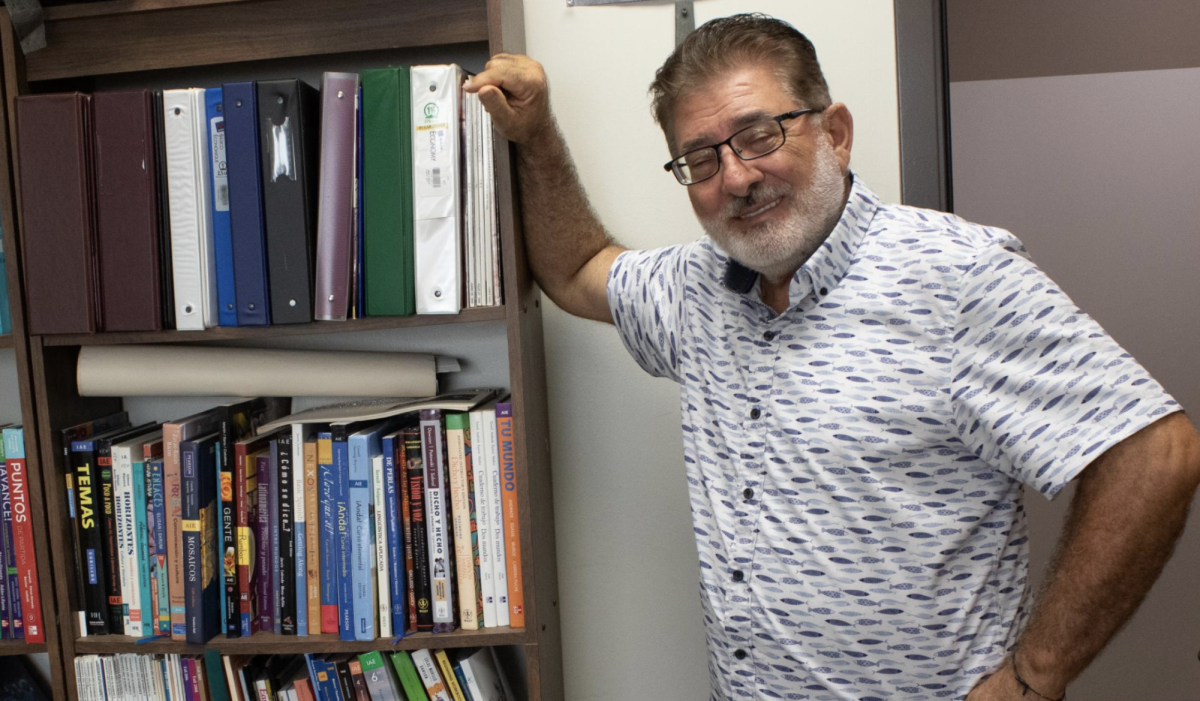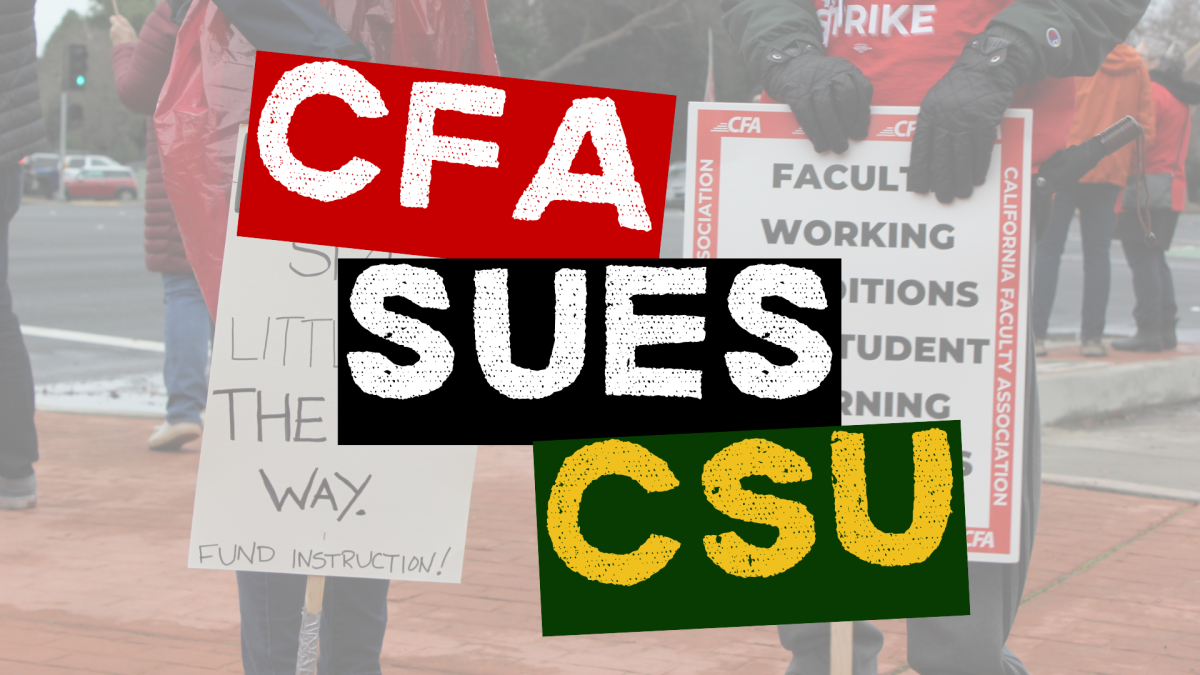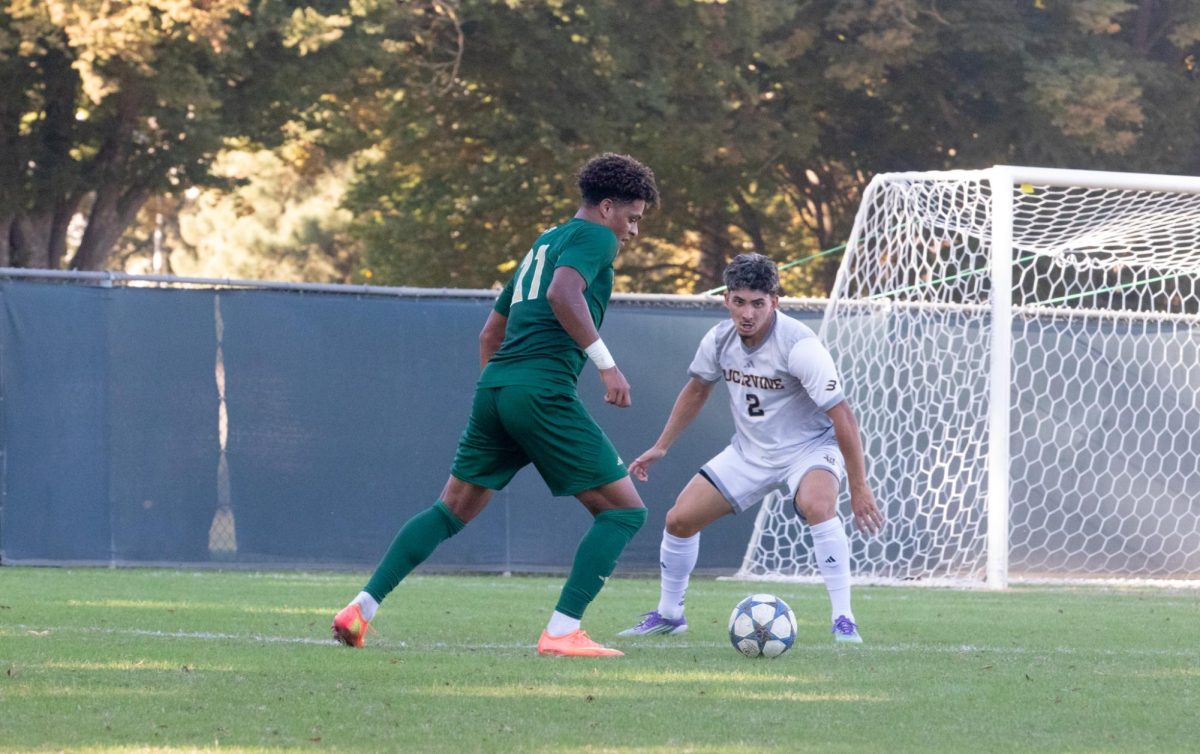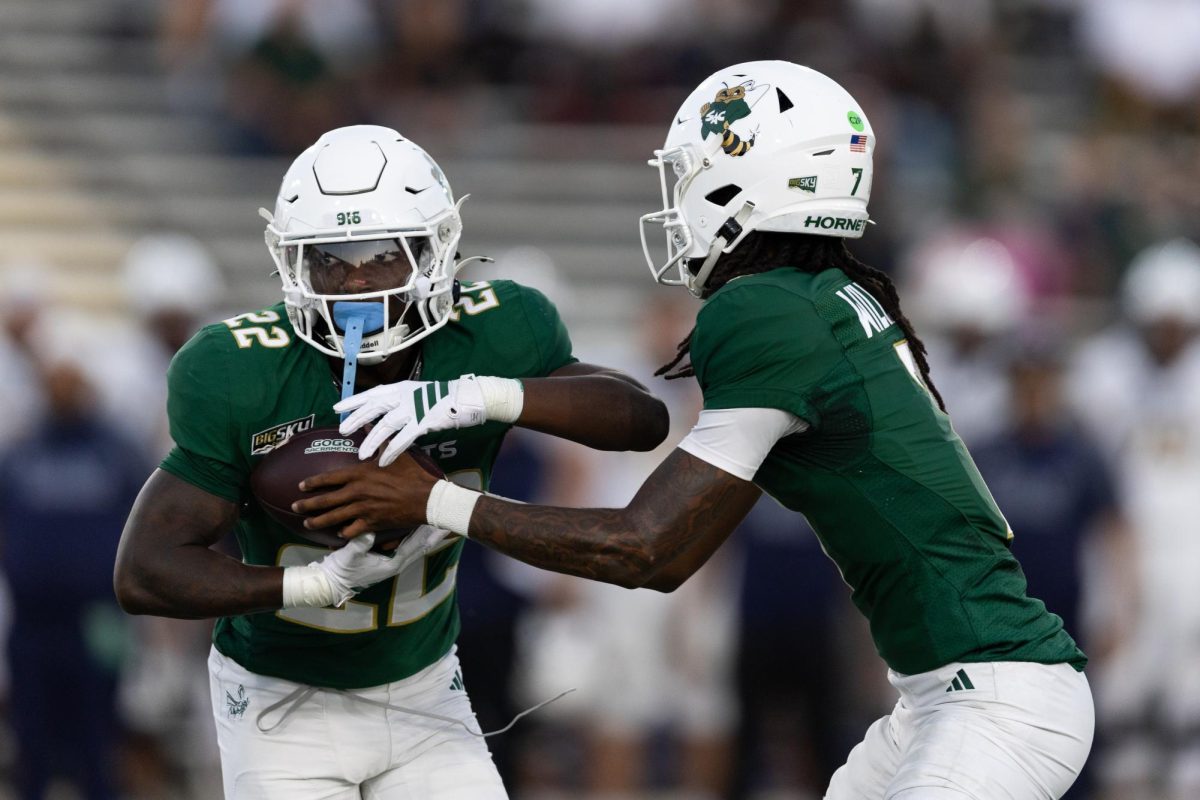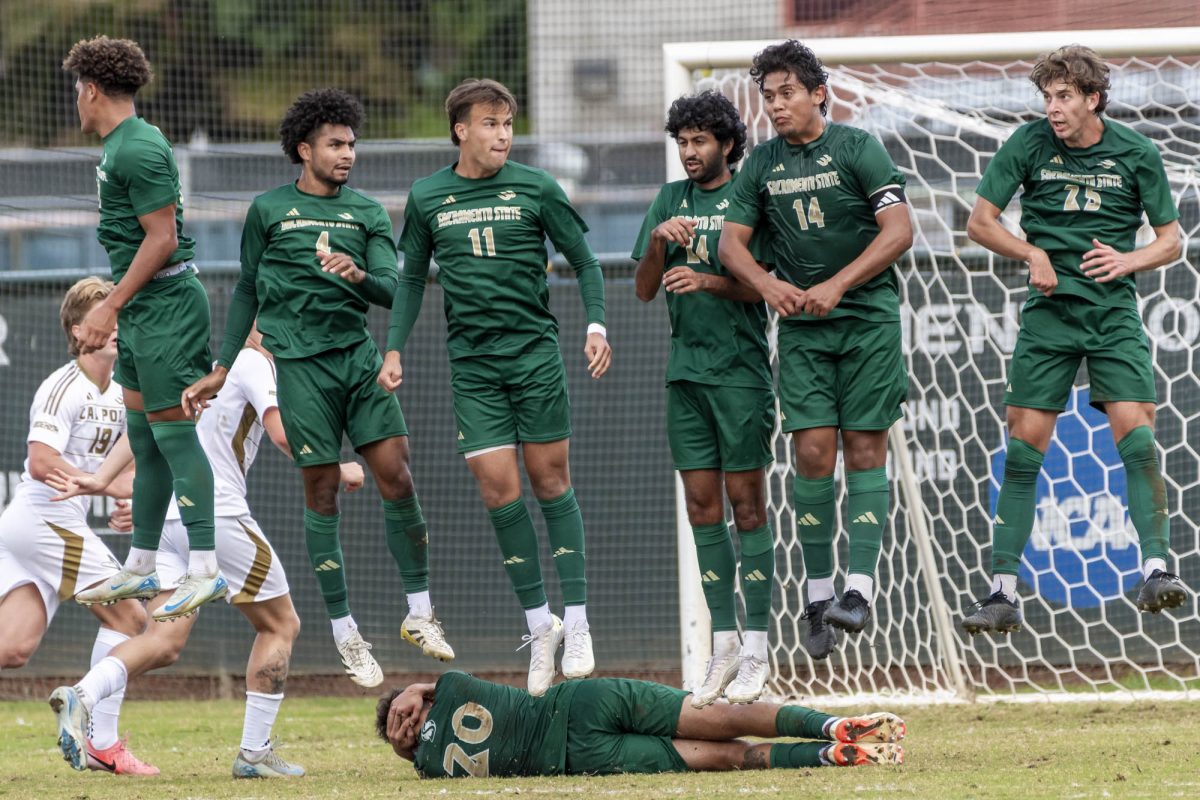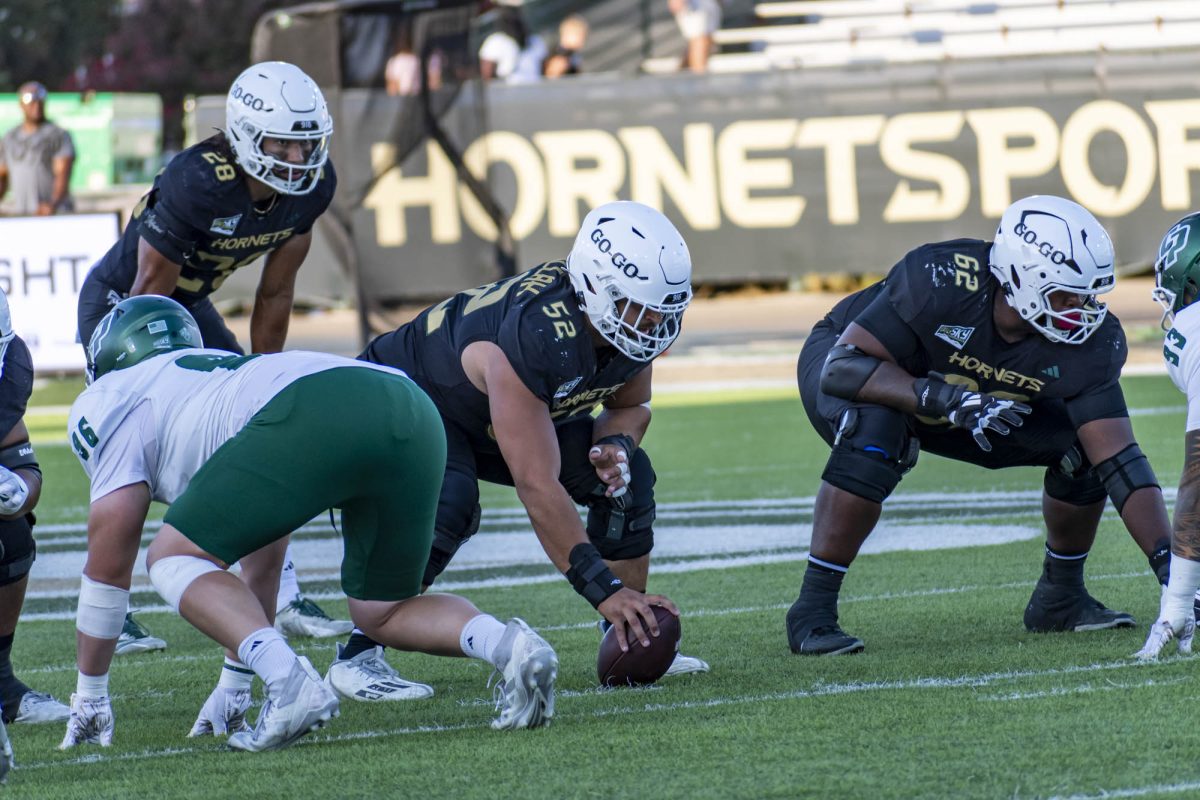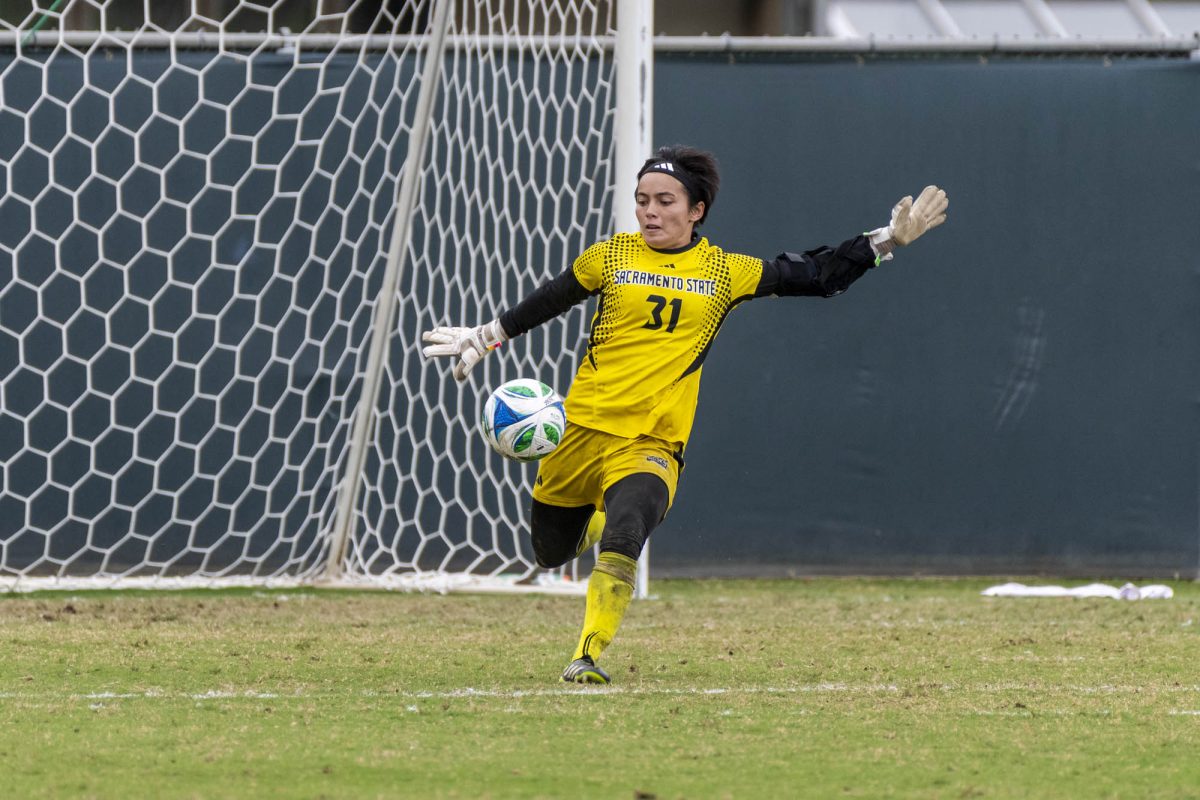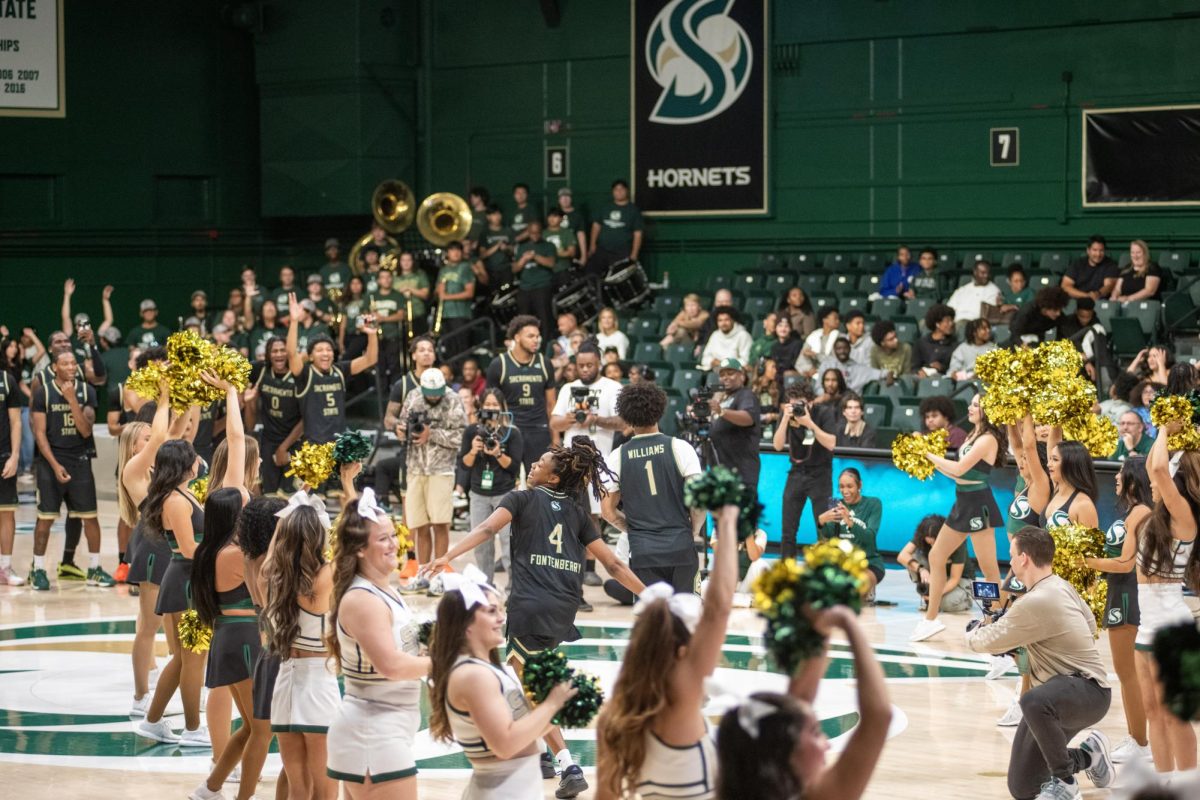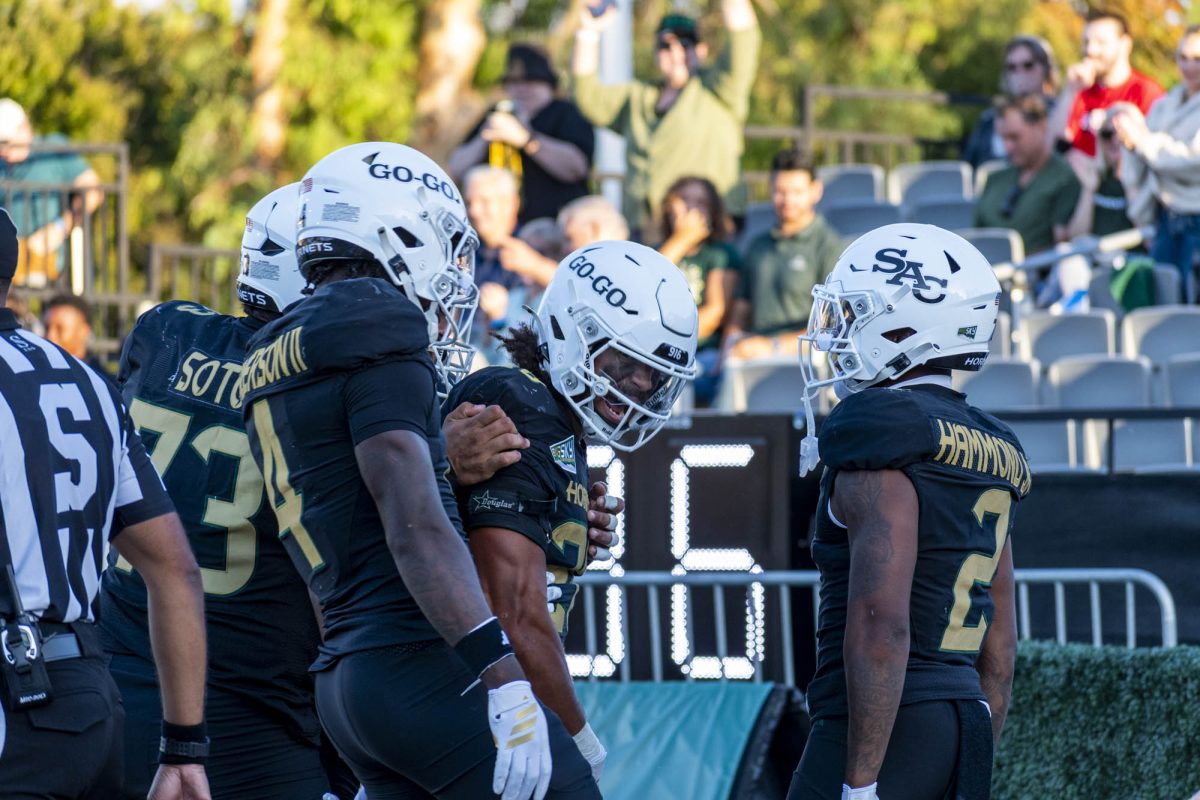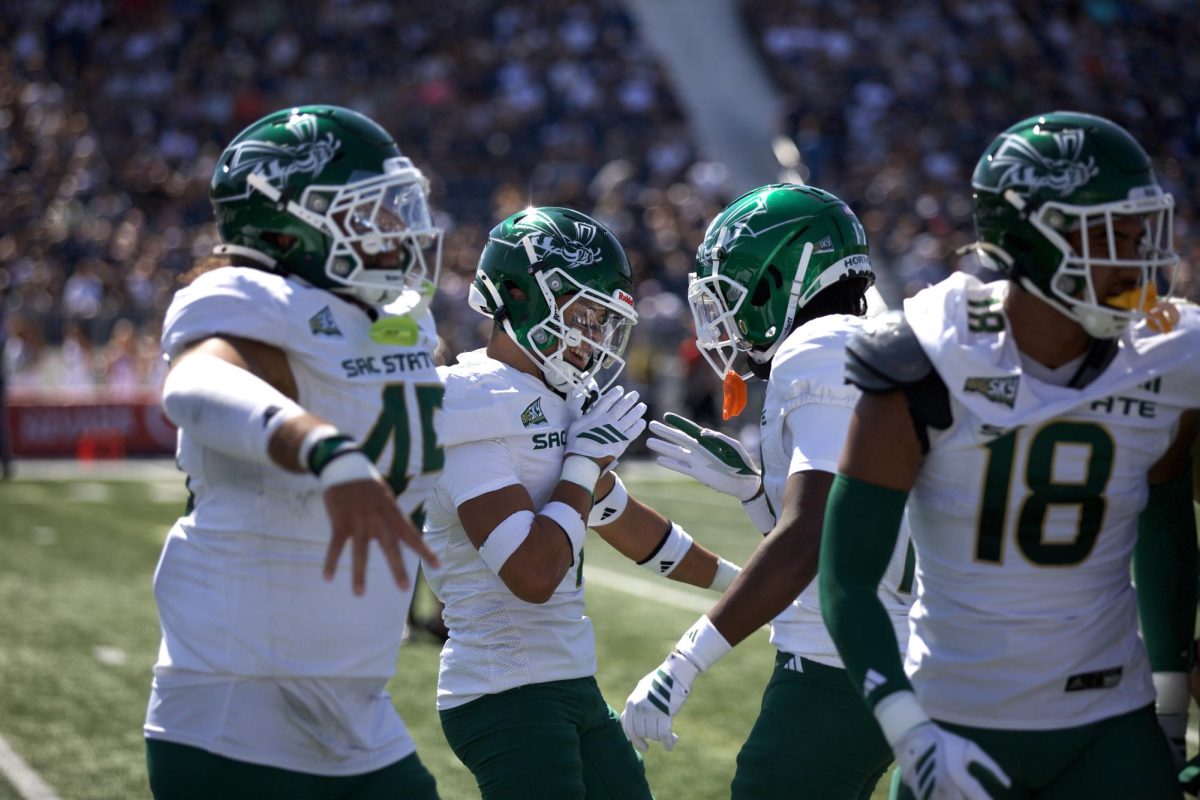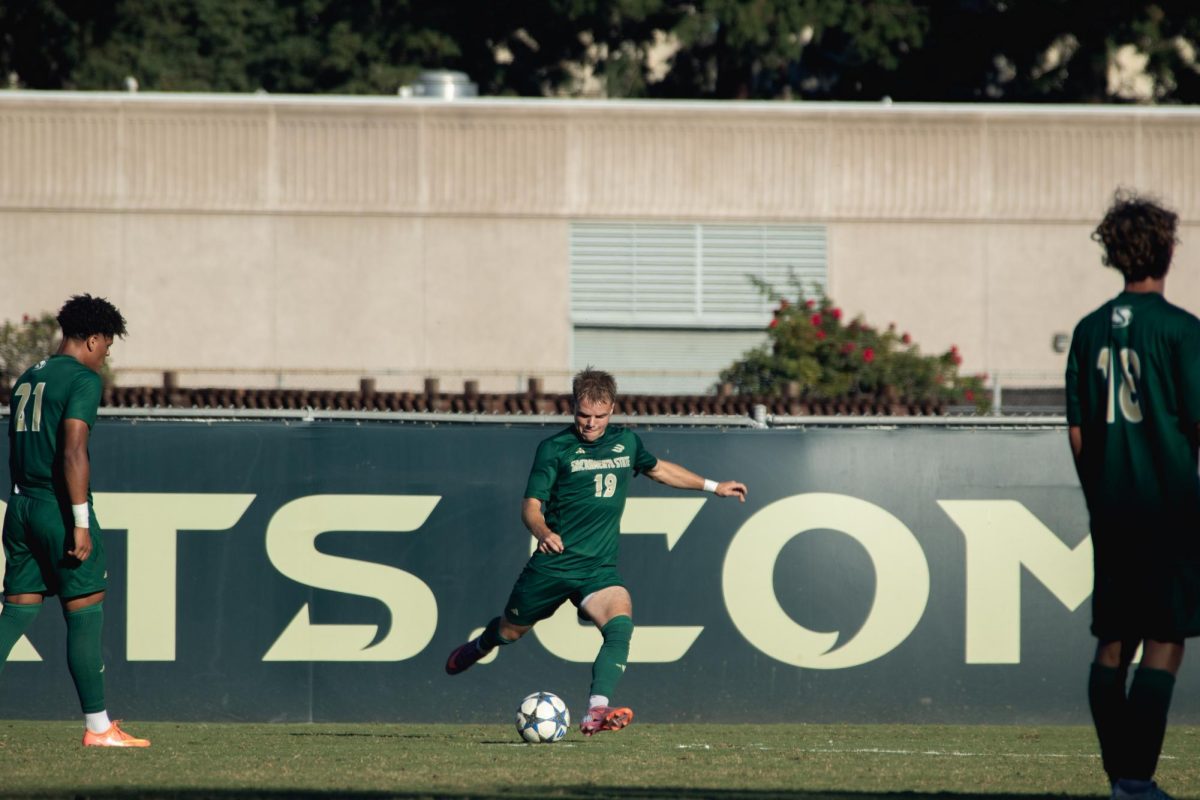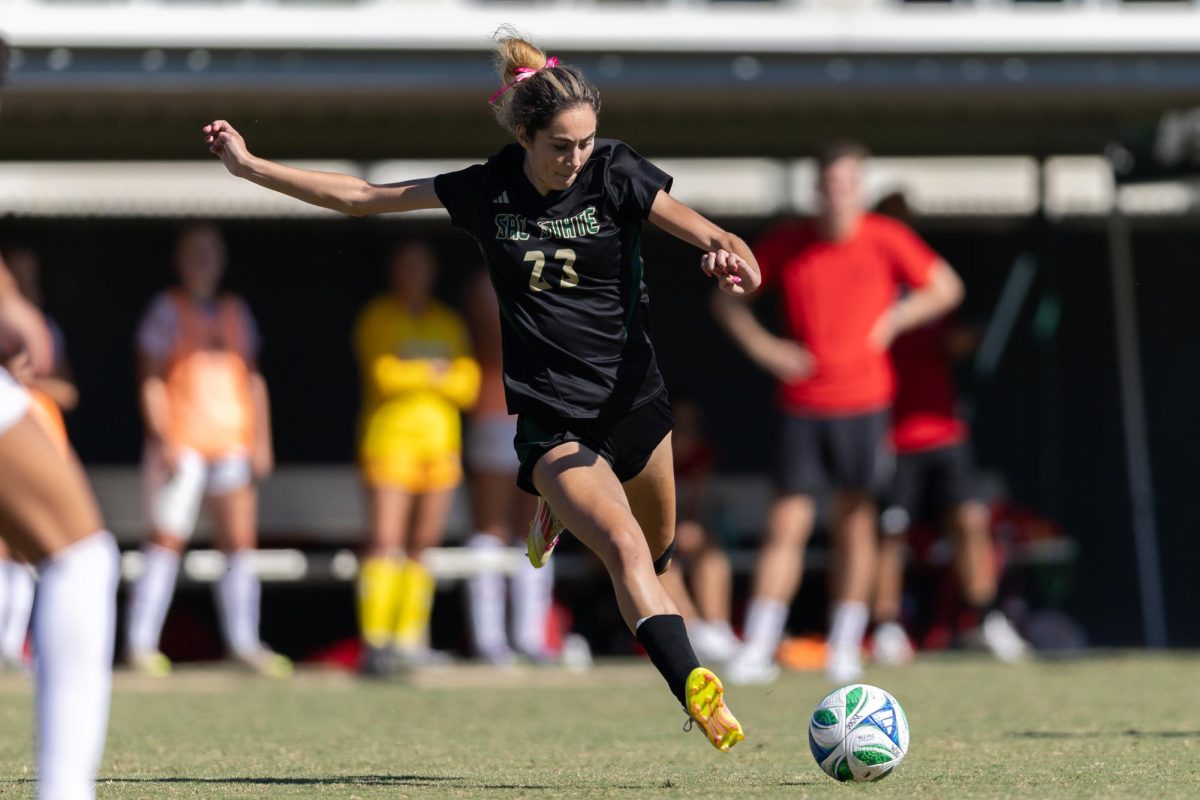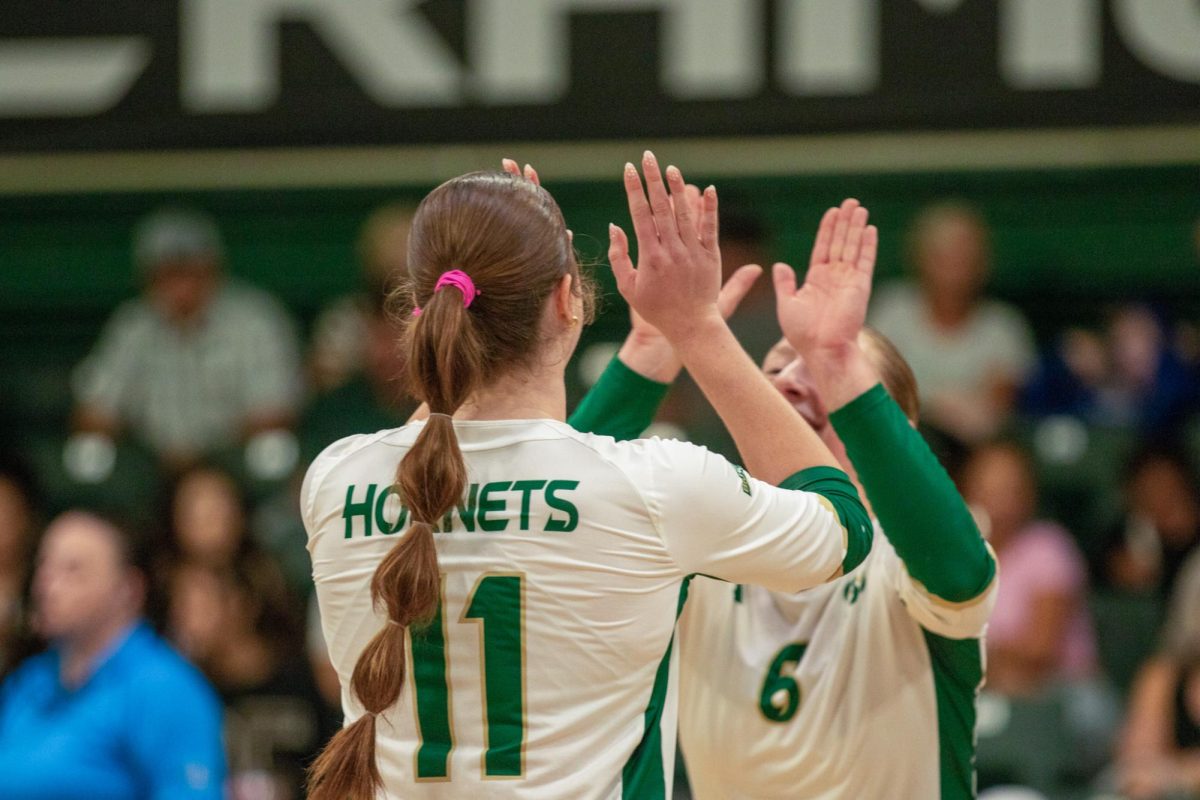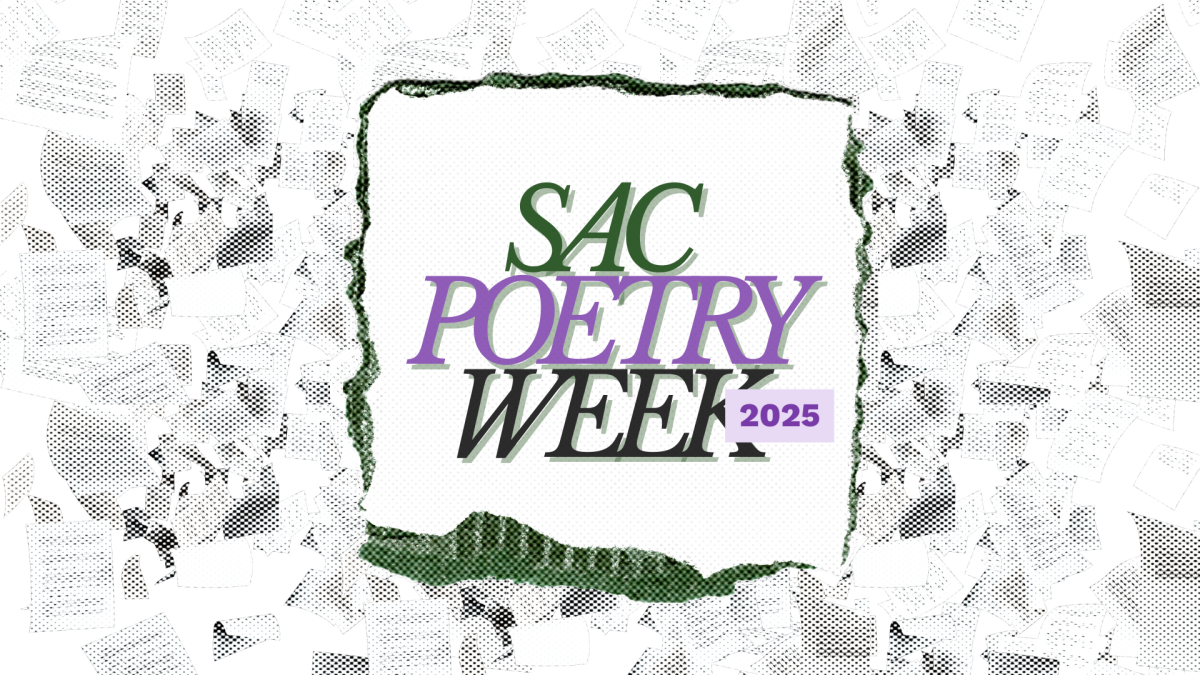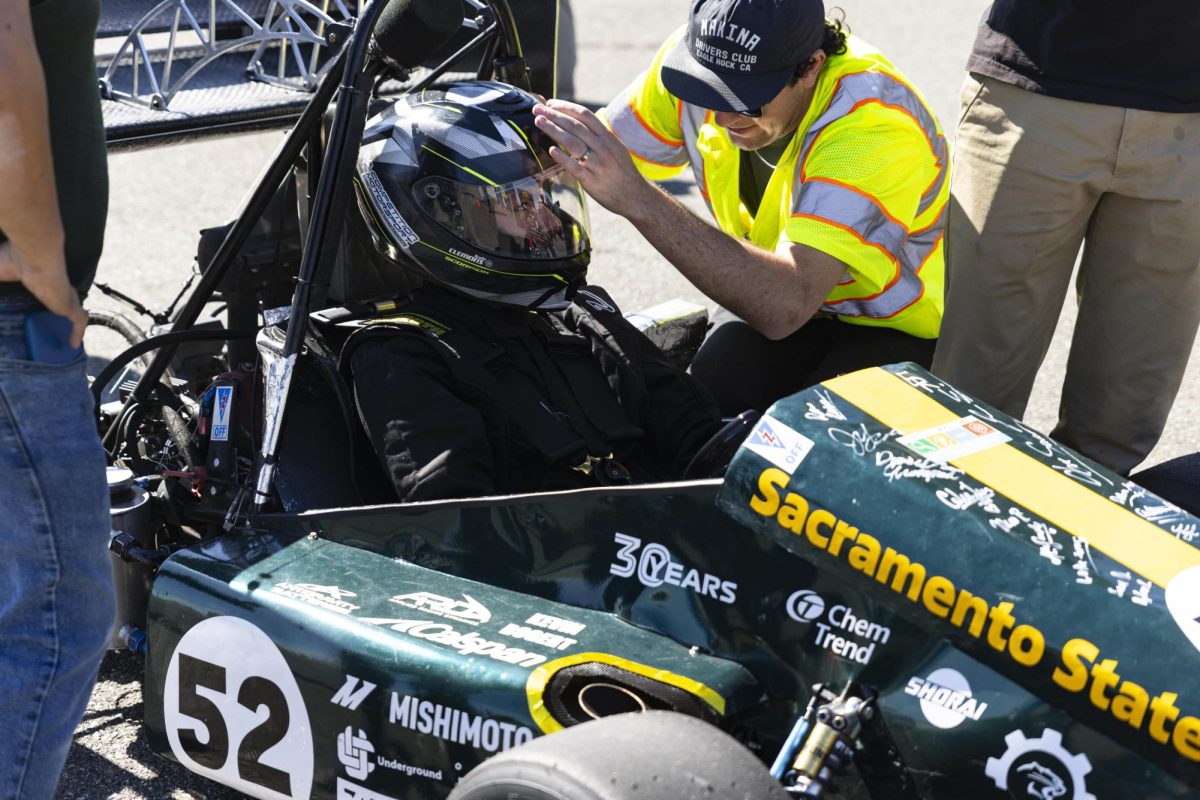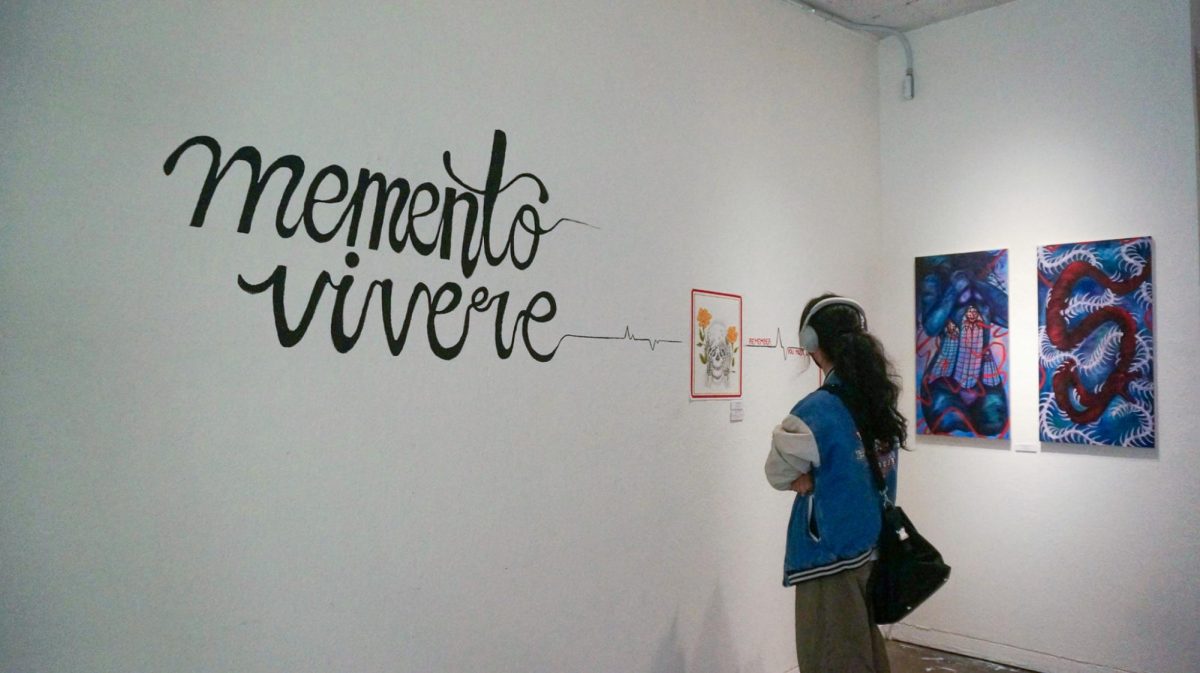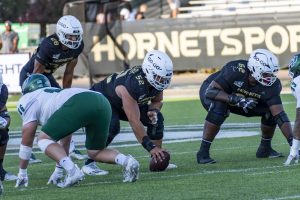More students facing loan-ly road from debt
April 19, 2006
Pedro Martinez, a former Sacramento State psychology student, financed his education using student loans, but like many college students he struggled with paying the loans back ?” defaulting several times after not graduating.
“I was young and didn’t budget well,” said Martinez, who now works in Admissions and Records on campus. “I had no understanding of what it took to pay back the money.”
Eventually, Martinez’s wages were garnisheed to satisfy the debt, he said.
With the costs of higher education rising nationwide, students are increasingly turning to loans to finance their education, but the escalating indebtedness is becoming too financially burdensome for some students.
The U.S. Secretary of Education’s Commission on the Future of Higher Education recently held a hearing in Boston and students from New England colleges addressed the mounting debt issue.
According to the Student Debt Alert, a project of Student Public Interest Research Groups, Josh Chaisson, who attends the University of Southern Maine, told the commission that students are graduating as “slaves to Sallie Mae.”
At Sac State, the average debt of graduating students who take out loans is more than $17,500, according to statistics from the Financial Aid Department.
“Every year I see an increase in the level of loans taken out,” said Linda Joy Clemons, director of the Financial Aid Office. “Rent, food and having a car are big-ticket items that go up every year, and grants usually cover just fees and books, so students borrow more.”
According to the Student Needs and Priorities Survey, conducted by Sac State in fall 2003, 73 percent of students have at least “some concerns” about financing their studies and 52 percent use some type of loan to make ends meet.Most student advocates call for increasing grants ?” which aren’t paid back and don’t put students into debt ?” to lessen the need for loans.
Clemons agrees with that plan of attack.
“It would be nice if the federal government funded grants like loans, but I don’t foresee that happening,” she said.
The nature of loans ?” recycling money to new borrowers as graduates pay off debt ?” makes them more attractive to the federal government, Clemons said.However, according to the public interest group, nearly $250 million could be available to college students in California without taking more money from taxpayers or from other programs.
The Student Aid Reward Act, which is awaiting Congressional action, contains provisions that would encourage schools to use the lowest-cost lending program by increasing direct government loans and decreasing government subsidized private lender loans ?” rerouting the money to student aid that is now goes to financiers, according to the public interest group’s Web site.
The public interest group suggests that the increased availability of aid then be distributed to students by adding $600 to each need-based Pell Grant.
The Congressional Budget Office estimates that if all colleges switched to direct government loans under the reward act ?” which was introduced last year by two House members ?” more than $60 billion in additional student aid would be generated over a 10- year period, according to a U.S. House of Representatives fact sheet on the bill.
That bump in grant money might help Sac State undeclared freshman Victor Rangel achieve his goal of graduating while owing no more than $5,000.
“I’ve already borrowed $3,500 but, from here on out, I’m going to try to pay for the rest without loans,” he said.
Rangel hopes to avoid the situation in which his friend, Martinez, found himself.
Rangel said that if he must resort to taking out more loans, most likely the debt incurred would affect his job search.
Norm Erickson can be reached at [email protected]


